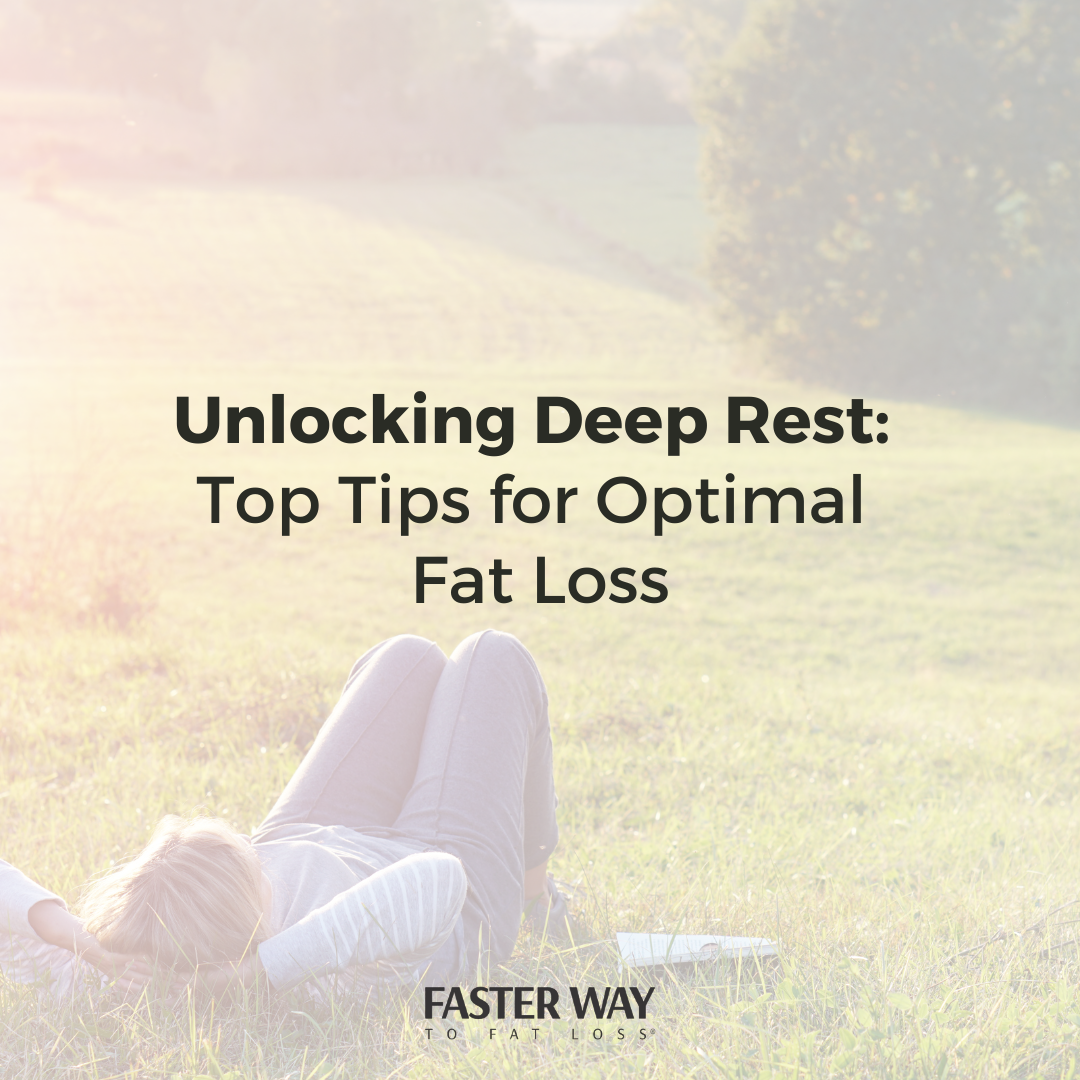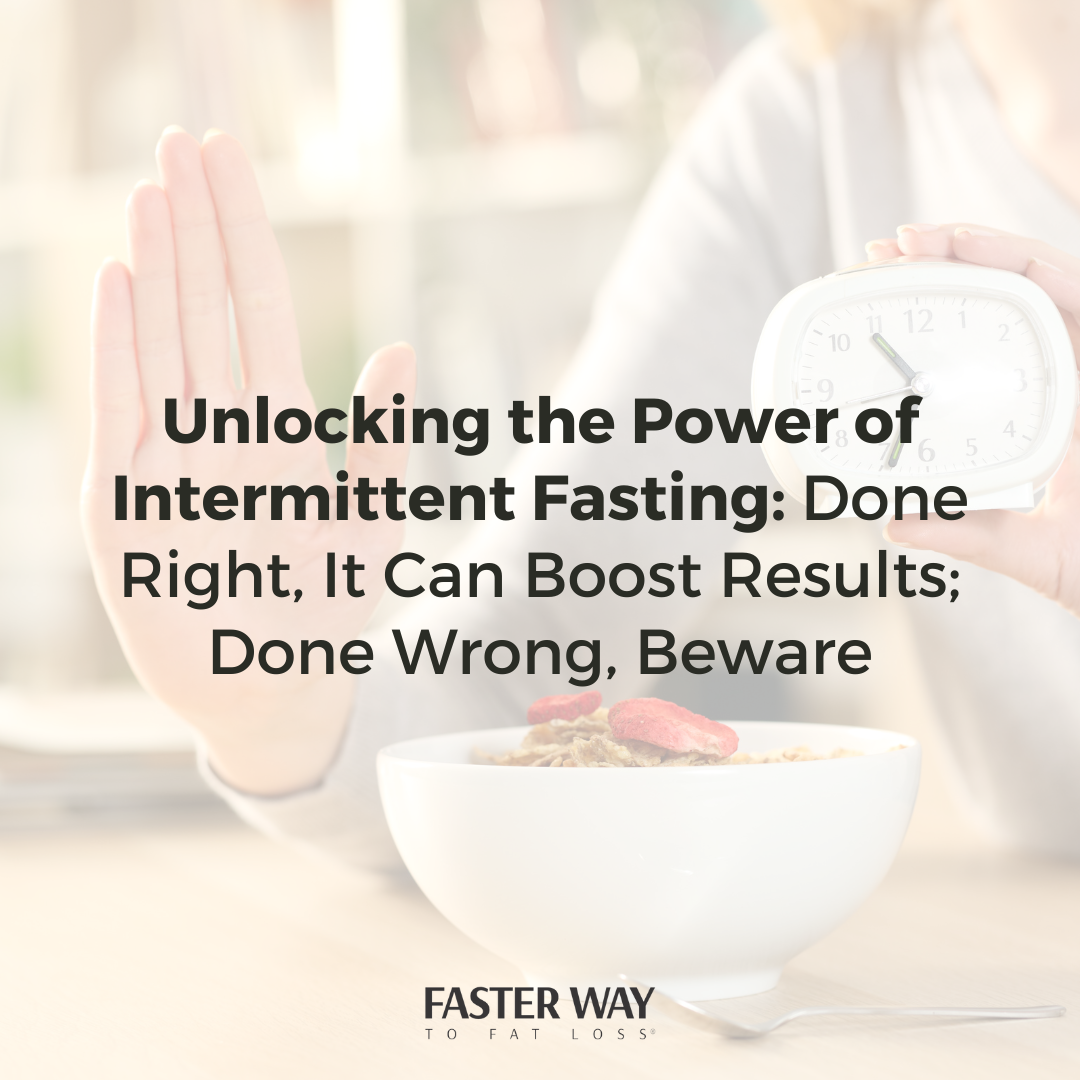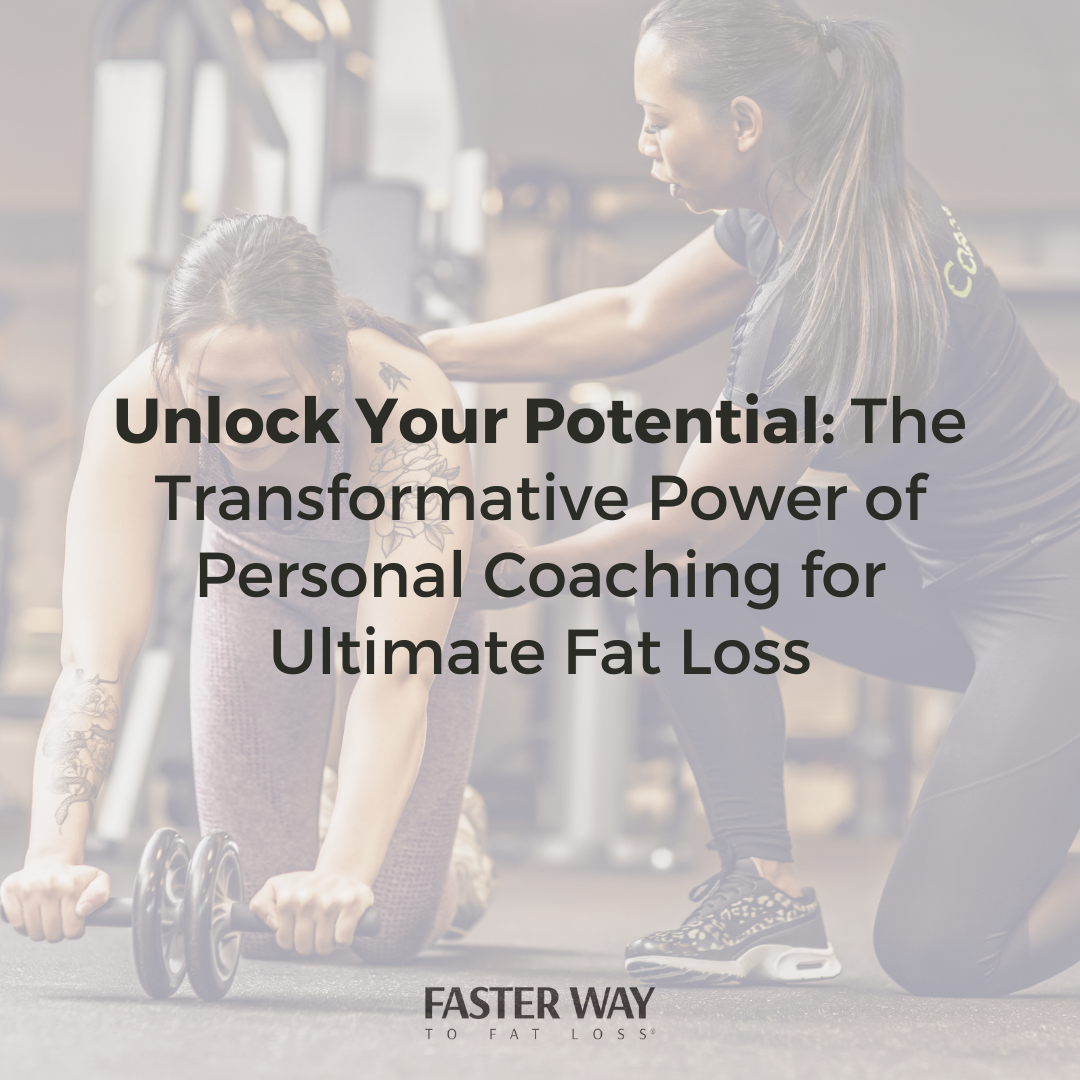We all want to give our babies the best start to life and a healthy pregnancy is the perfect place to begin. With new fitness guidelines for expectant mamas, it may be confusing to know where to start and how to transition to a healthy postpartum lifestyle. We’re here to help with sound advice from the experts!
The American College of Obstetricians and Gynecologists recently updated the recommendations for pregnant women and exercise. Rather than suggesting pregnant women only exercise if they were already exercising prior to pregnancy, it is now suggested that, under the direction of a doctor and barring complicating factors, women may safely begin a fitness routine during pregnancy. But where to begin??
FASTer Way founder and CEO Amanda Tress sat down with Sara Haley, celebrity fitness trainer and pregnancy/postpartum fitness expert, to help pregnant and postpartum mamas figure out how to maintain a fit pregnancy and thrive through breastfeeding. Listen to the full interview here or keep reading for more information!
If you are pregnant and looking to begin a fitness routine, there are a few important things to keep in mind.
What you can do now will still depend on what you were doing prior to pregnancy. Whether you were working out regularly, sporadically, or not at all will really make an impact on where you begin with pregnancy fitness. It’s important to be in tune with your body and how you feel. If you’re exercising so intensely that you can’t talk, then it’s time to modify your workouts.
If you were not exercising prior to pregnancy, begin at a slower pace and make modifications as needed. Low impact exercises like walking and swimming are a great place to start!
If you are coming from a fitness background (and barring complications and high-risk factors), you will be able to do more. This is a great time to talk to your doctor and get his or her input. Be upfront about your exercise and share specifics—it’s vital that you’re working with the same expectations. If your doctor thinks exercise means cycling on a stationary bike but you intend to lift 30-pound dumbbells, that’s an important discrepancy. The point is to get good, solid, safe answers so you can do what’s best for baby.
You don’t have to go a million miles an hour all the time. Rest isn’t just nice, it’s necessary! Be in tune with your body and the changes that are continually happening, especially in the second and third trimesters.
Moderation and modification are a must in order to stay safe and healthy.
Relaxin
Relaxin is a hormone produced by the ovary and the placenta in preparation for childbirth. It relaxes the ligaments and joints, which can lead to some issues in pregnant women. While it may be easier to move, some women think they’re more flexible than they are which can lead them to movements they shouldn’t be doing, some of which can cause Diastasis Recti (ab separation). Relaxin can also cause some women to feel off balance, which can actually cause tightness because the joints are working to compensate for the balance issues.
Diastasis Recti (ab separation)
The abs will naturally separate during pregnancy as the baby grows. For some women, this separation remains even after baby comes. It’s important to avoid some exercises (such as crunches) that force the muscles out and down. Focus on exercises that bring them in and up (such as core compressions).
First Postpartum Exercises
“Just because you can doesn’t mean you should.”
The first few weeks after baby comes, it’s vital to give yourself rest and recovery time. You might even feel well enough to start working out, but please don’t. We know this can be easier said than done when you’re eager to start. Just give yourself grace during this time and remember that muscle memory will help you get back into the things you love doing. The most important thing you can do is focus on your baby and letting your body recover.
Once you are cleared for exercise and ready to ease back into working out, start with Kegels and deep belly breathing. Kegels help strengthen your pelvic floor, which is essential for postpartum recovery, as this area is most affected during vaginal deliveries. Kegels also help tighten up the abs!
To do Kegel exercises, you have to find the right muscles. Do this by stopping urination midstream as well as holding in gas (or at least contracting the muscles you would use to do those things). This will isolate all the muscles you need to focus on. Tighten those pelvic floor muscles for three seconds, then relax for three seconds. Aim for 10–15 repetitions, three times per day.
Breastfeeding
The most important things to focus on for successful breastfeeding are sleep, nutrition, and hydration. These things play a key role in keeping your milk supply up! The unsung hero of the nutrition advice is MACROS! The problem is, most breastfeeding mamas aren’t paying attention to macros, but getting balanced nutrition can make a big difference in your milk supply as well as quality. Surprisingly, we are prone to undereating (especially for mamas who want to start losing weight right away), so we recommend tracking macros to make sure you’re getting enough of what your body needs each day. Protein is typically the hardest macro for women to hit, so giving that a little extra attention can make a big difference!
To learn more about macros, click here.
Thanks to the amazing Sara Haley for joining us on the podcast and sharing so much valuable information with us! Find Sara online at sarahaley.com or on social media @sarahaleyfit.
If you’re ready for fitness and nutrition guidance during your pregnancy, join the FASTer Way Prenatal Program! This is a comprehensive approach to a healthy pregnancy that will help both you and baby thrive during this special time of life. Join us for up-to-date recommendations, unparalleled support, and a community of mamas who truly get you.
ITEMS YOU MIGHT LIKE:
FASTer Way Haute Shore Tote Bag













